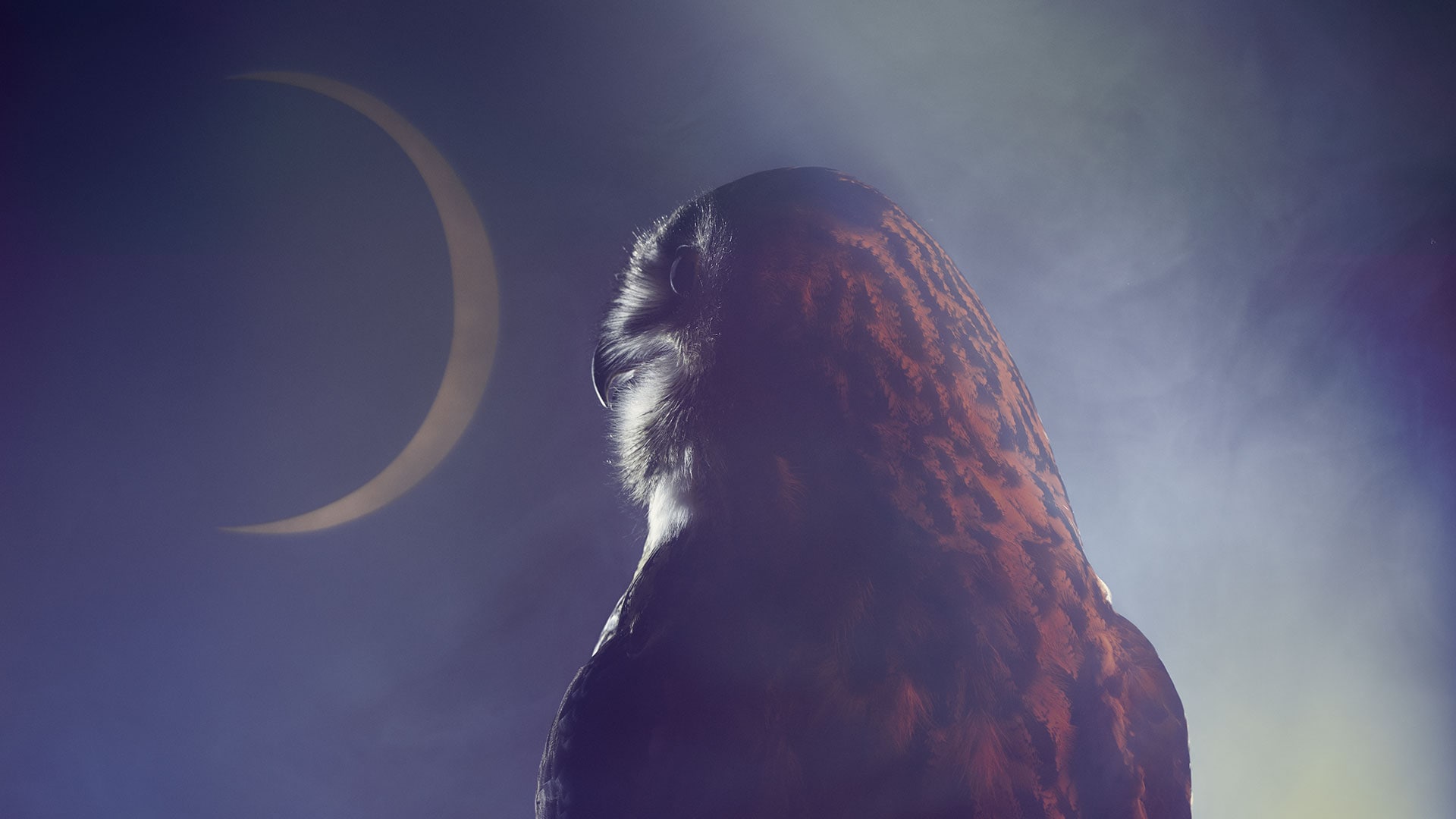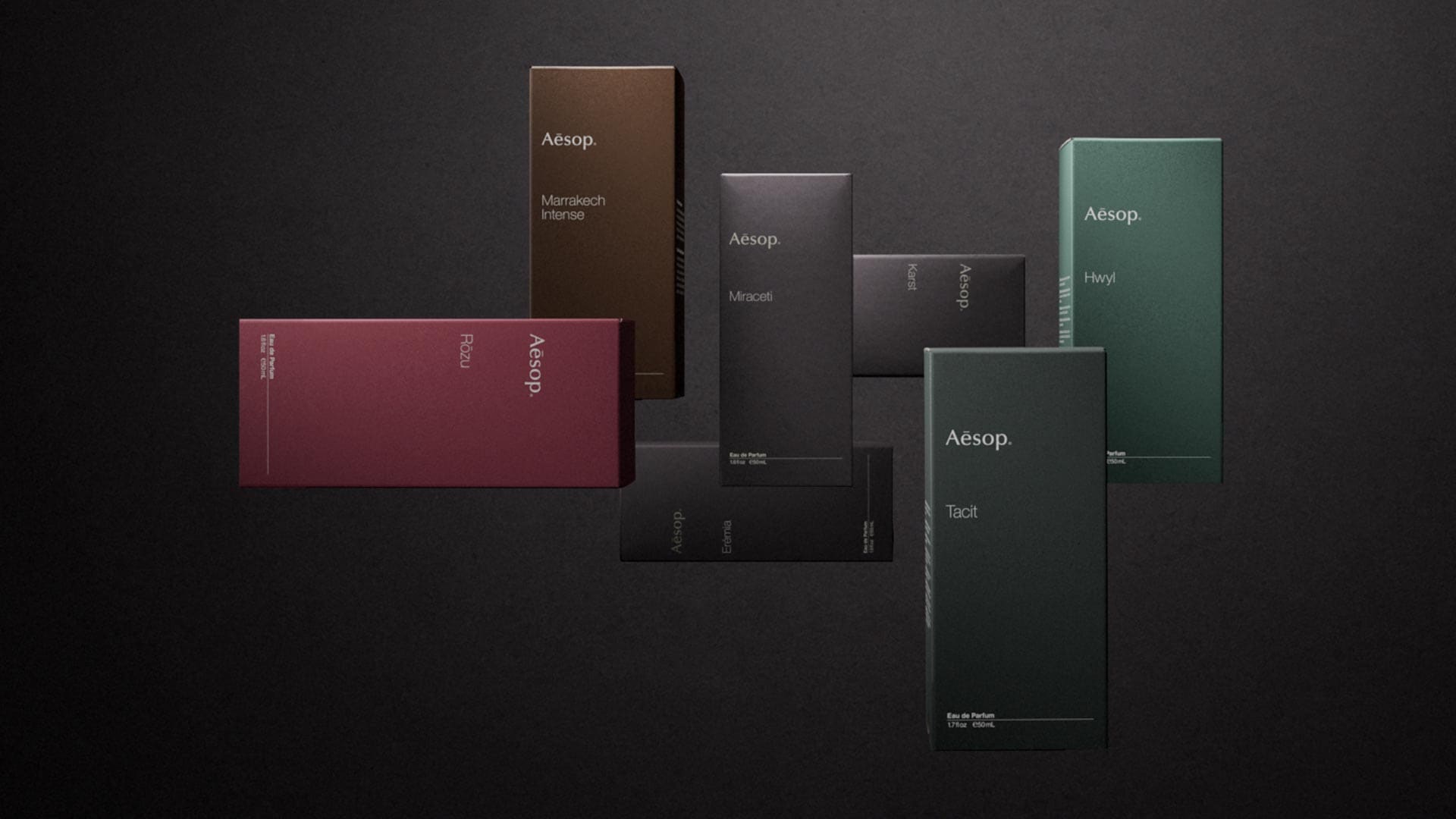The giant clam
‘This one comes from the Great Barrier Reef. Before that, Charlotte had bought a huge one in Sydney, which she had placed on the mantelpiece at home. When we went to the Great Barrier Reef ourselves in 1982, we found this one, in the sand, and she was just overjoyed. She loved those interlocking ridges; that perfect fit between the two halves. She told me, “You see, nature—it can’t be beat.” It’s truly extraordinary. So this one also sits on the mantelpiece now, propped up against the wall, to show how neatly each side fits into the other.’ ‘Charlotte constantly took inspiration from these natural shapes in her work. She loved the internal structure of certain shells, when you can see inside because they’ve been cracked or cut open. She felt it was important to integrate such natural shapes into her own work.’


